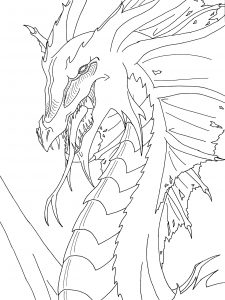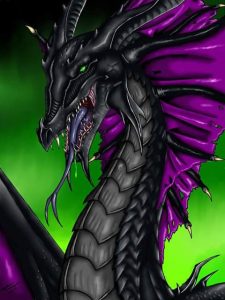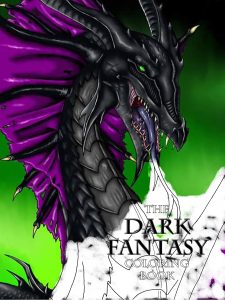Everyone in the United States has noticed the new craze in coloring books: Coloring books for adults.
Nobody has noticed this more than publishers.
The explosion of demand for coloring books geared toward adults over the last year has led to a huge thrust by publishers and artists to get their line art into book format and trying to get it into the hands of buyers.
I’m no different.
But I wanted to test the waters. I didn’t want to just print 10,000 copies of a coloring book that I might end up sitting on for years. So I experimented.
I have a number of artists friends, so I called one of them up and asked her if I could include some art she had already done in a coloring book. She said yes.
But she only had about 15 pages of art. I wanted 30. So I licensed some stock art (which, if we’re being honest, most of the coloring books on the market are just the same 200 pieces of stock art packaged different ways), combined it with the original art I had, and got started.
CreateSpace is the greatest book incubator available today. If you’re not familiar with them, I’m sorry. CreateSpace is a subsidiary of Amazon.com, and is their physical book self-publishing arm.
Because I was creating a coloring book, I was concerned only with physical books, not digital books.
If you have an Amazon account, you can use that same login for CreateSpace.
CreateSpace gives you lots of options for creating your own physical book. The best (read: most accurate) way to publish through CreateSpace is to use one of their templates and make a PDF. I didn’t use their template. I made my own template in Adobe InDesign, because I have access to pro-level software and was willing to learn it for this project. Before working with InDesign, I built my first coloring book in Microsoft Word.
(Aside: Learning InDesign really made me miss Quark XPress.)
If you look at coloring books for kids, there is often artwork on both sides of the page. Kids color with crayons. Adults tend to color with markers, which can bleed through the paper, and is more visible through the opposite side of the page. Because of this, I chose to only put artwork on the right side of the page.
Once I had inserted the artwork into my document, I uploaded the book interior to CreateSpace to test for problems.
Next was the cover.
And yes, people do judge a book by it’s cover.
Working with the primary artist, I picked a piece of line art that she had done, which she then went and colored. This colored version of the line art became the basis for the cover.
Once the front cover was set, I was able to build out the back cover and spine (the spine width was based on CreateSpace’s paper calculation), uploaded that, and then entered the review phase.
Eventually (okay, really, about a week and a half-dozen revisions later), the Dark Fantasy Coloring Book for Adults went up for sale.
All in all, it was a fun experiment.
If you’re interested in seeing the actual Amazon listing, feel free to click through here.




Leave a Reply